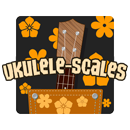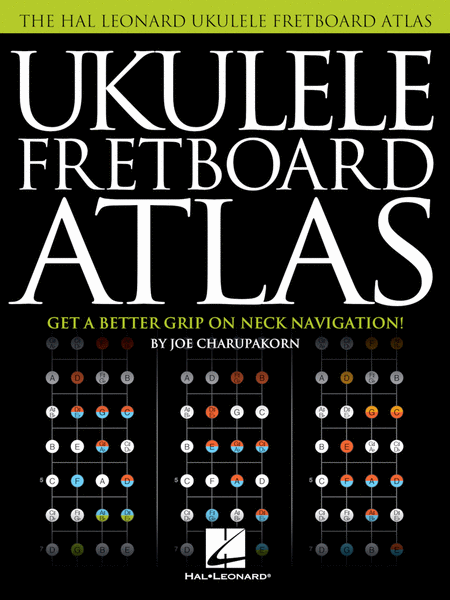BradSpliff
Member
- Joined
- Nov 3, 2022
- Messages
- 5
- Reaction score
- 3
I’ve just started learning the pentatonic scale in Am and now I need help understanding how to transpose it to different keys. I also wonder why different videos or diagrams have the patterns labeled differently like position 1 is position 3 in a different chart / video. I also need someone to shed some light on where the fretboard ends and how it continues back at the top..
the way I learned it is:
position 1: 020303
position 2: 243535
etc.
how do I transpose it to say dm? any info is greatly appreciated!!
the way I learned it is:
position 1: 020303
position 2: 243535
etc.
how do I transpose it to say dm? any info is greatly appreciated!!


